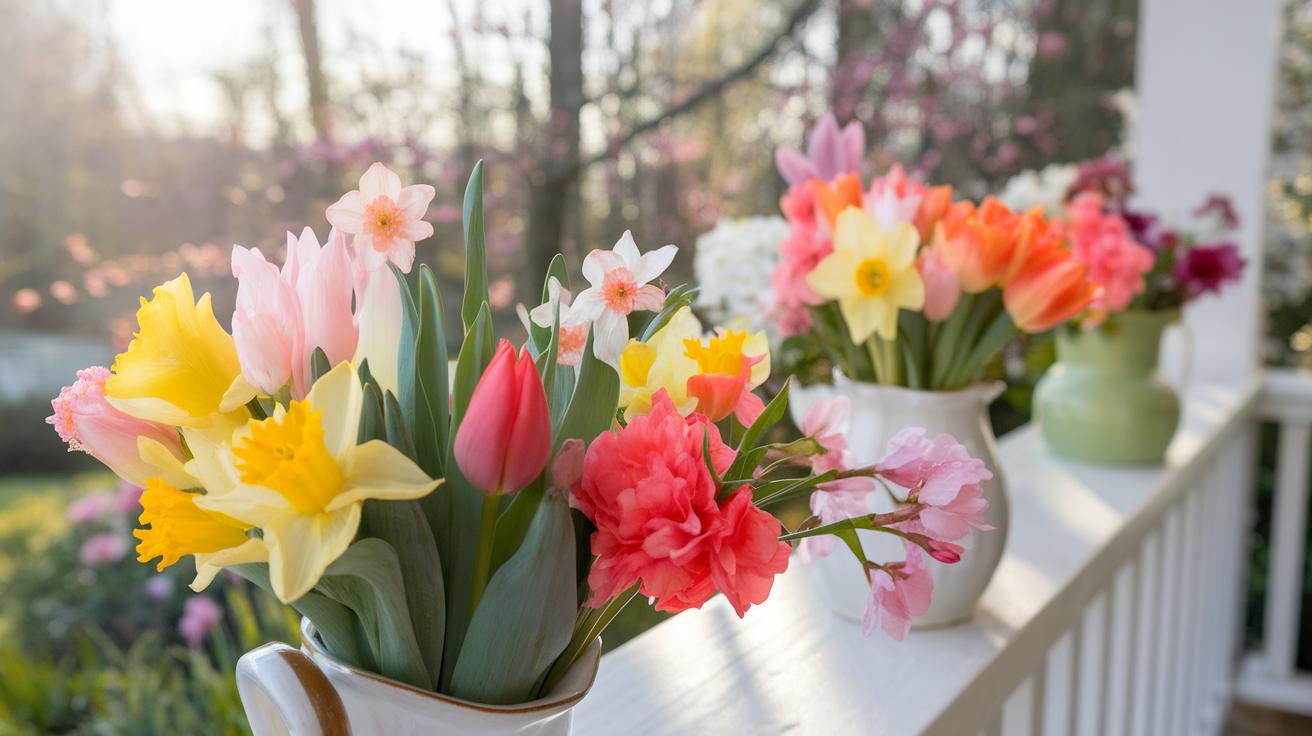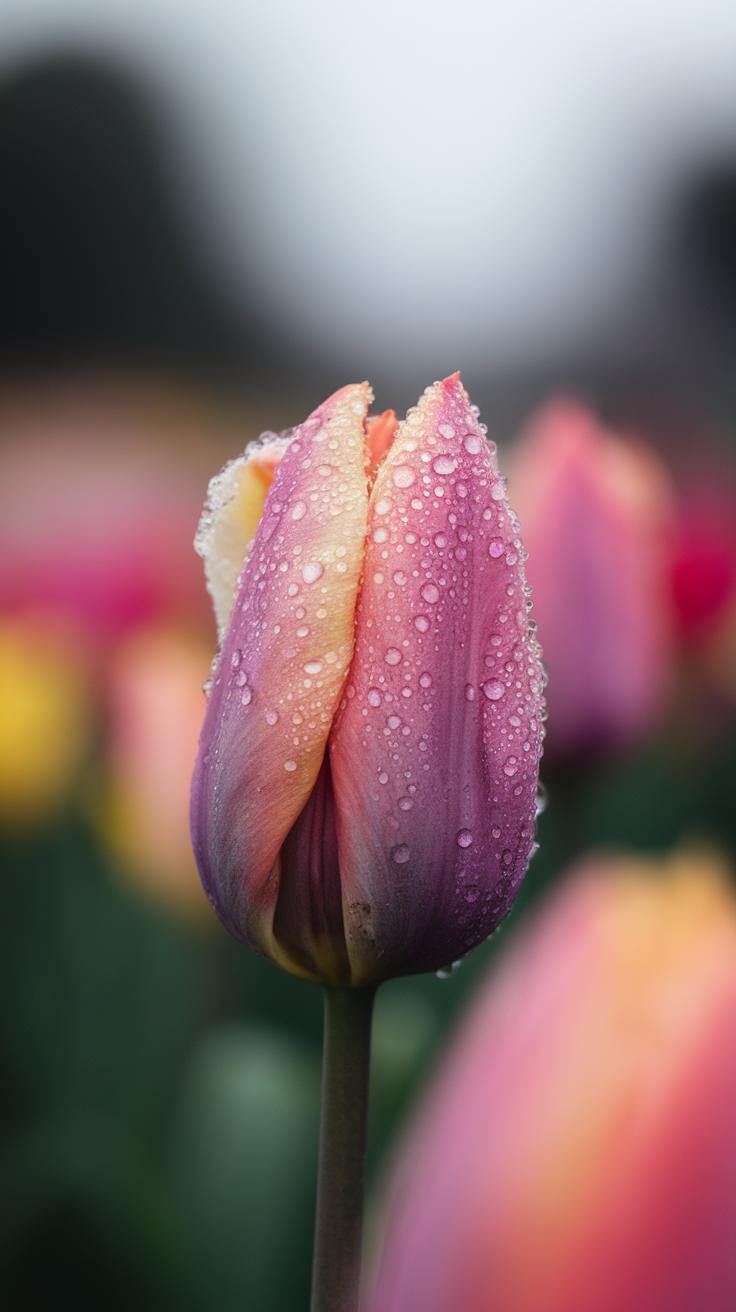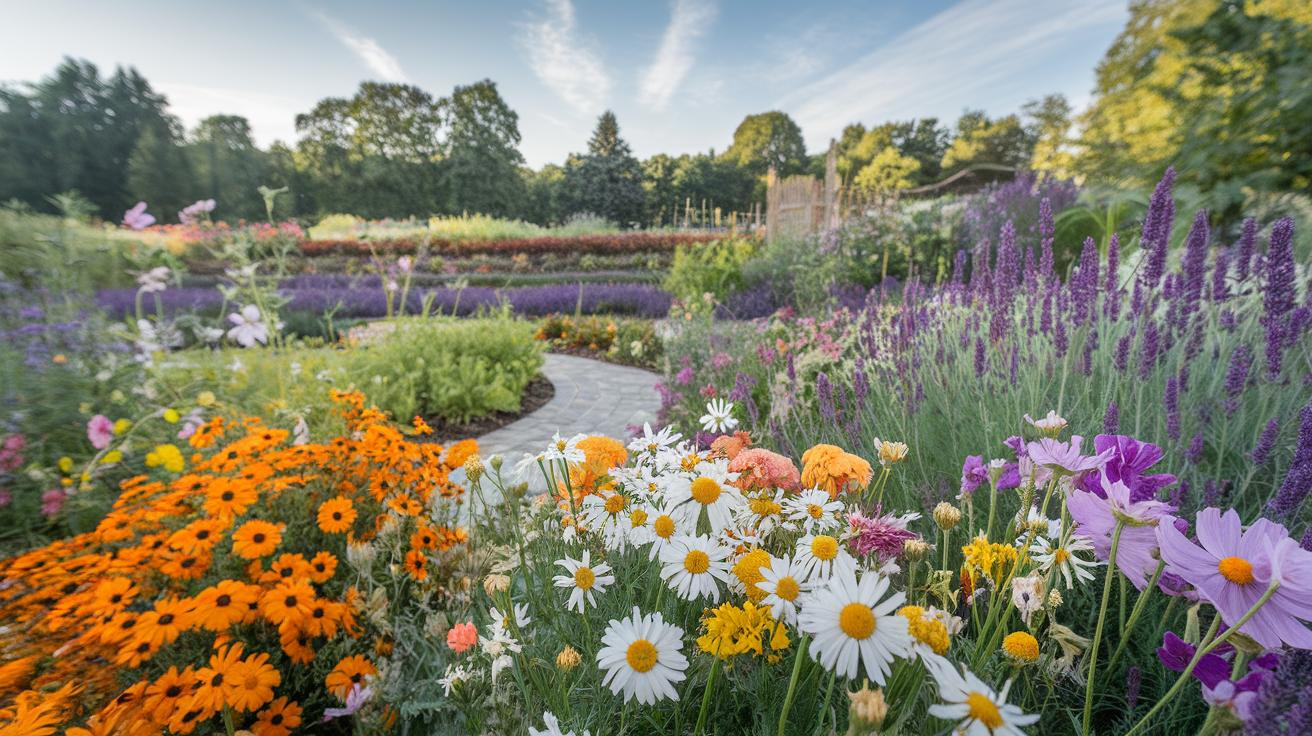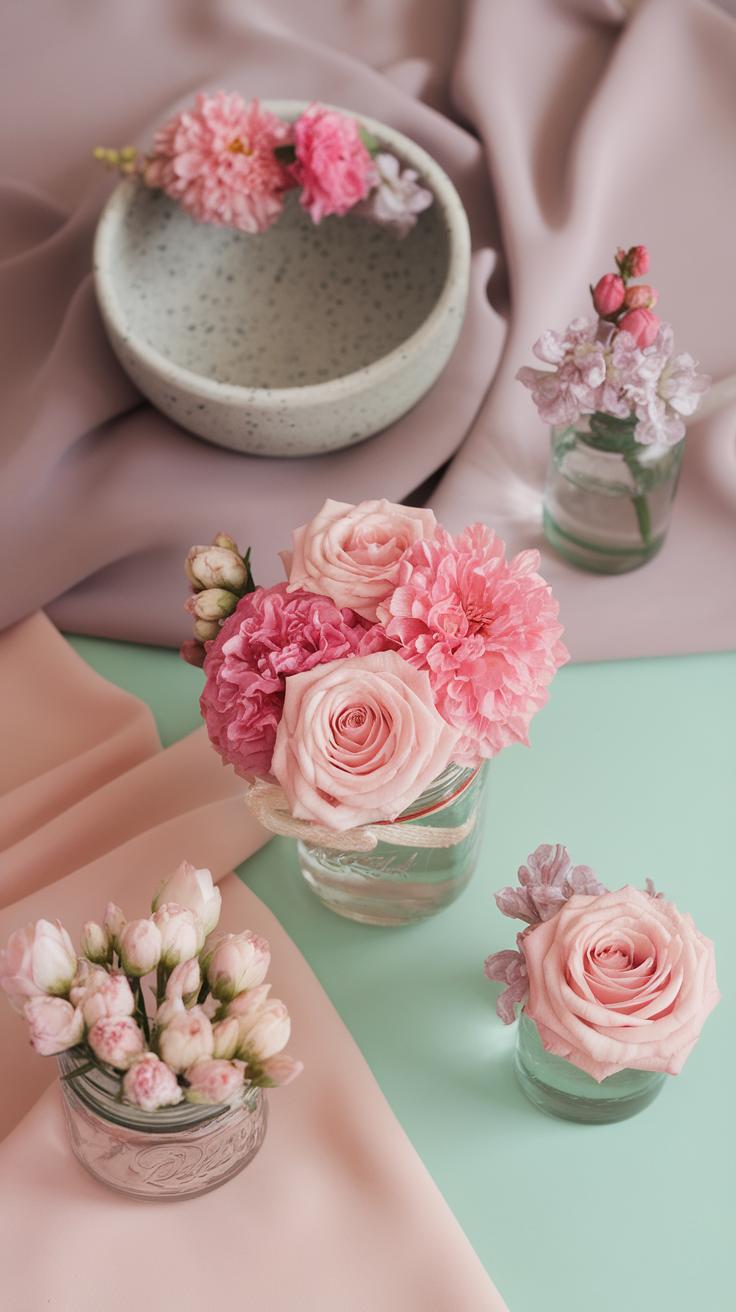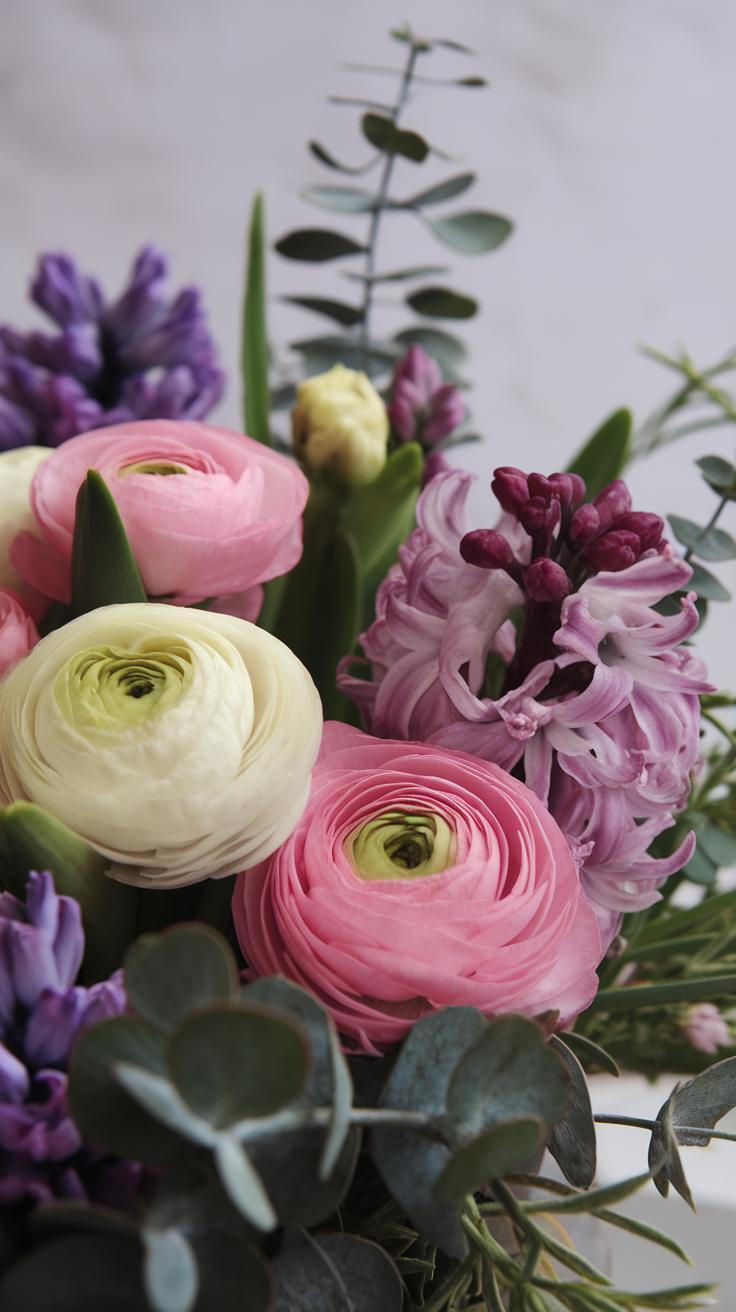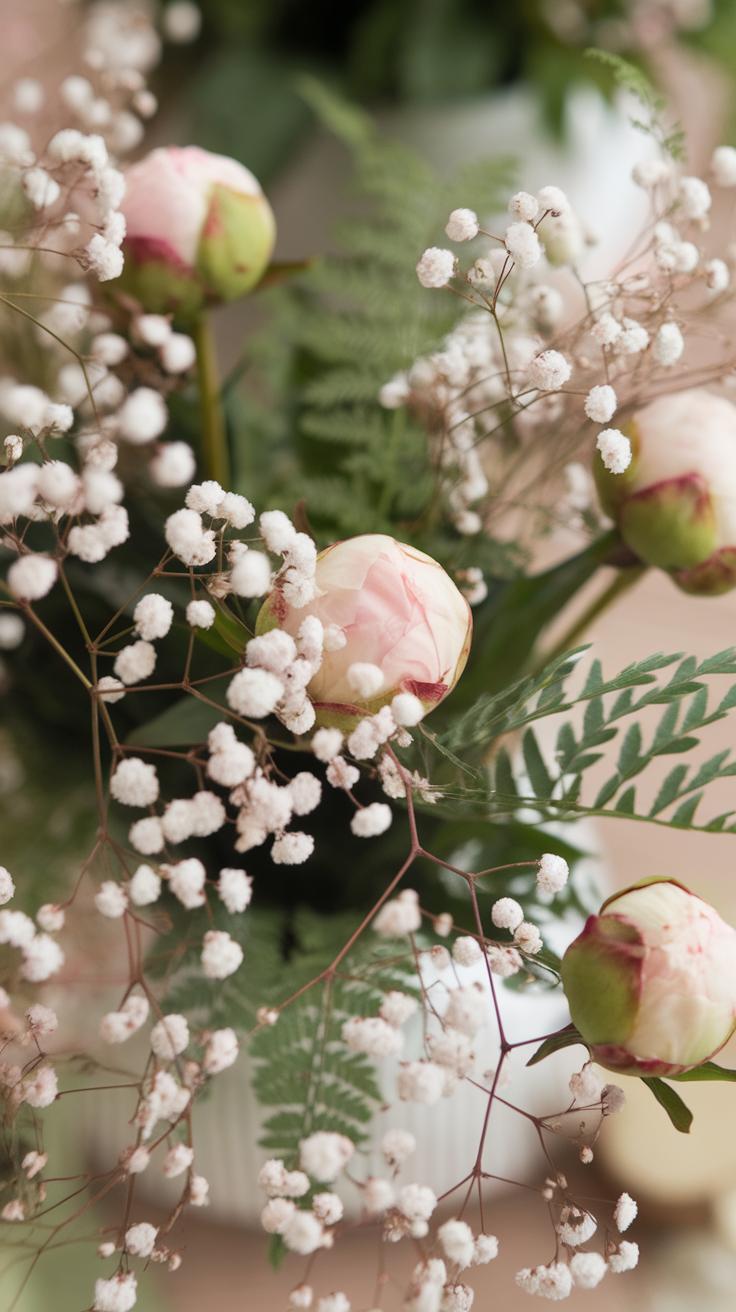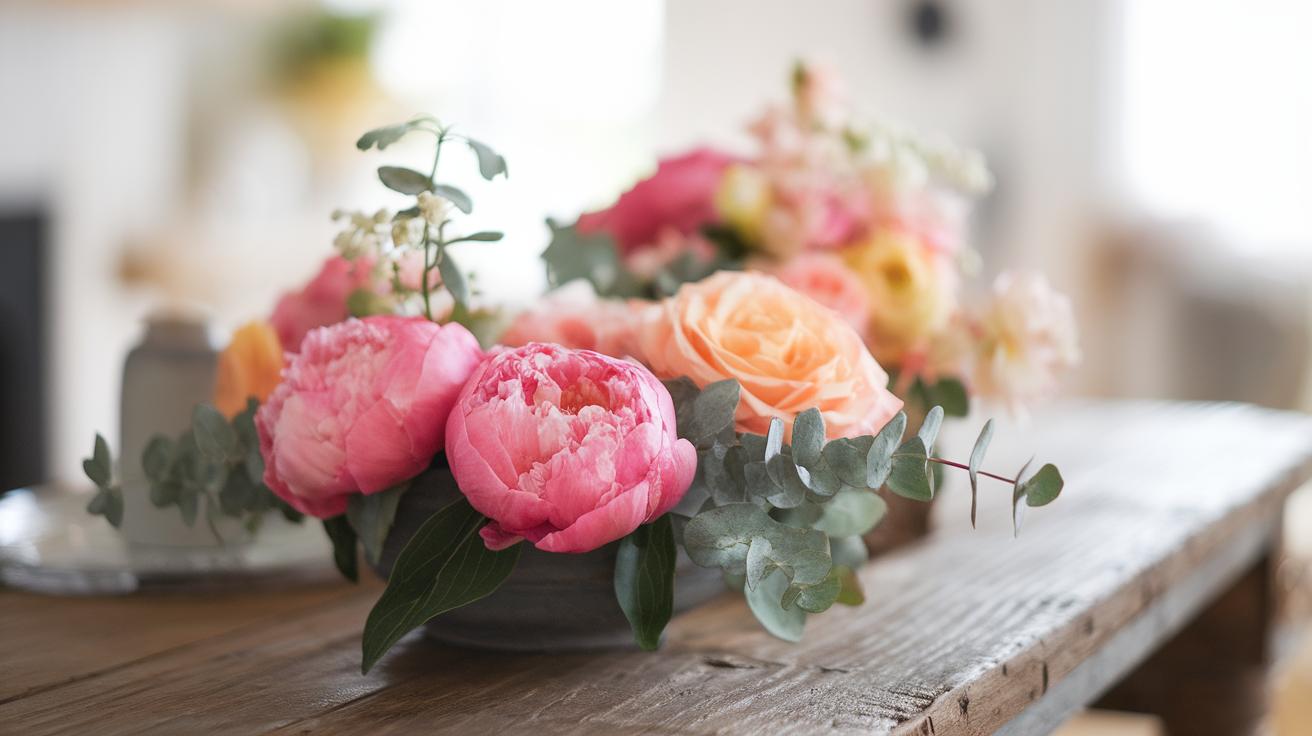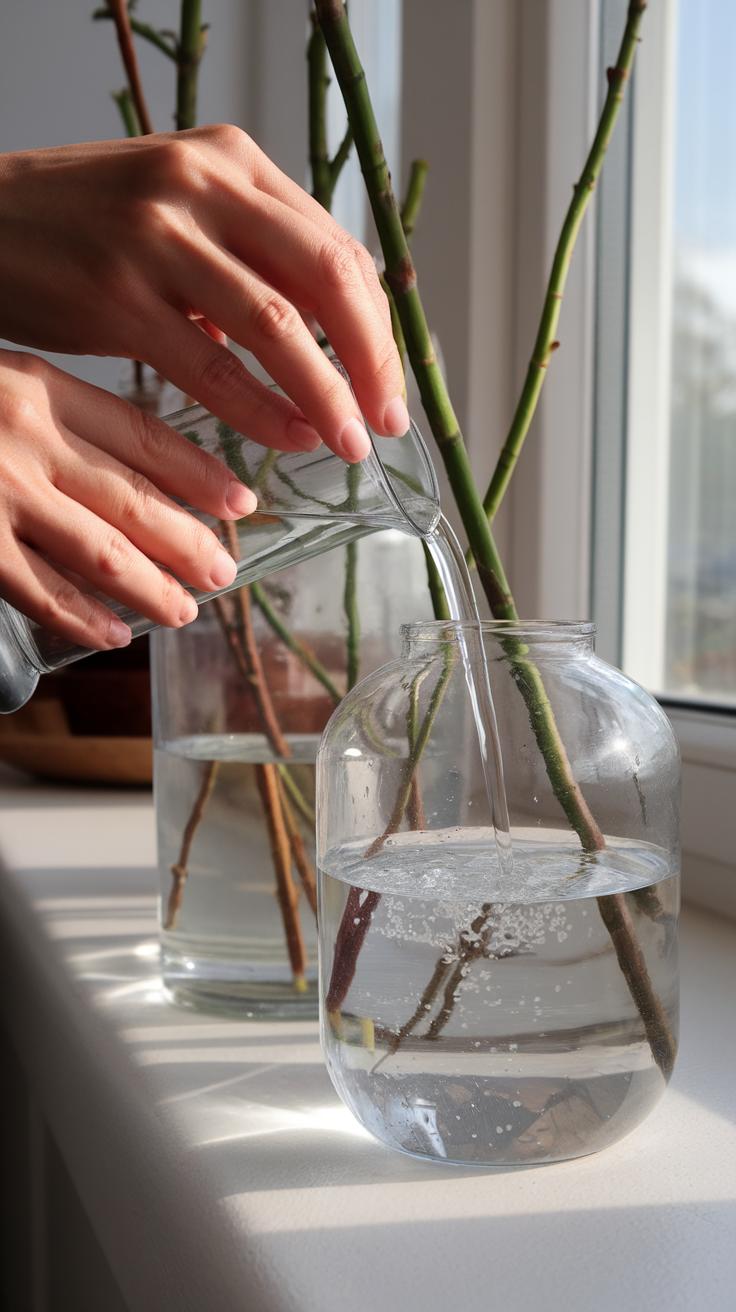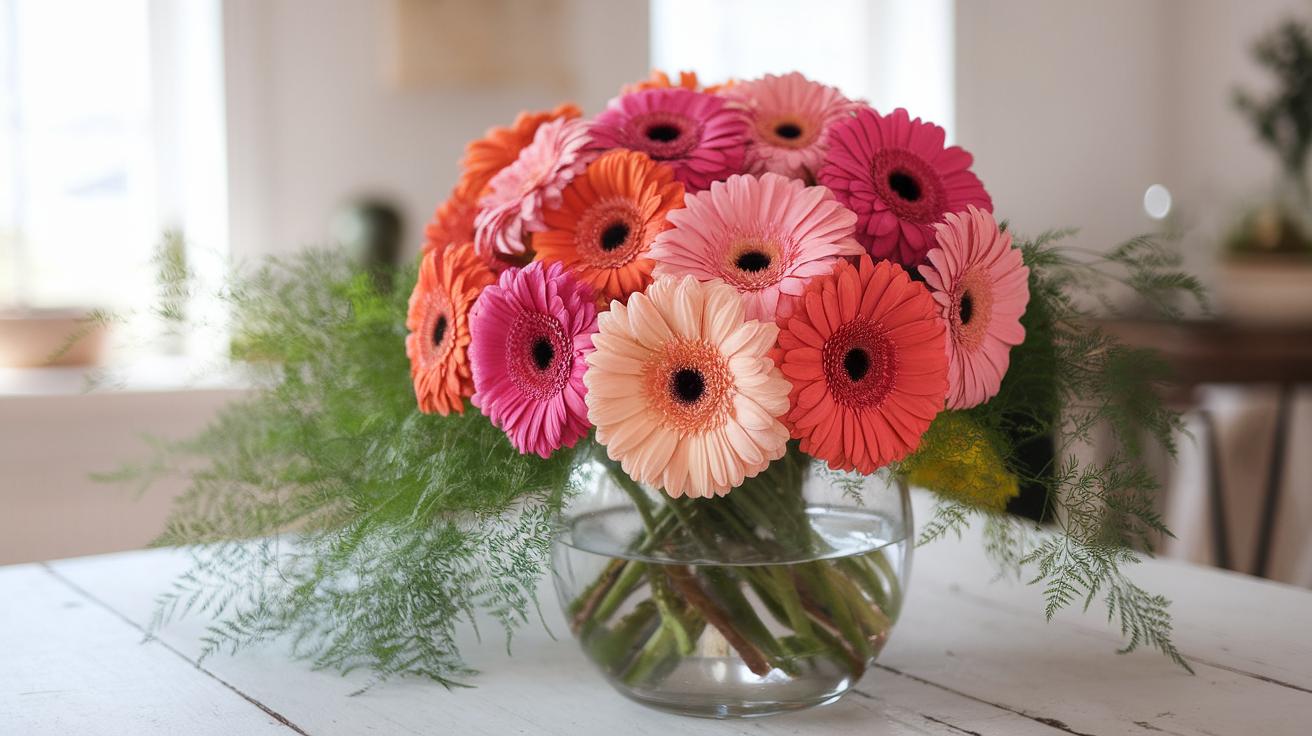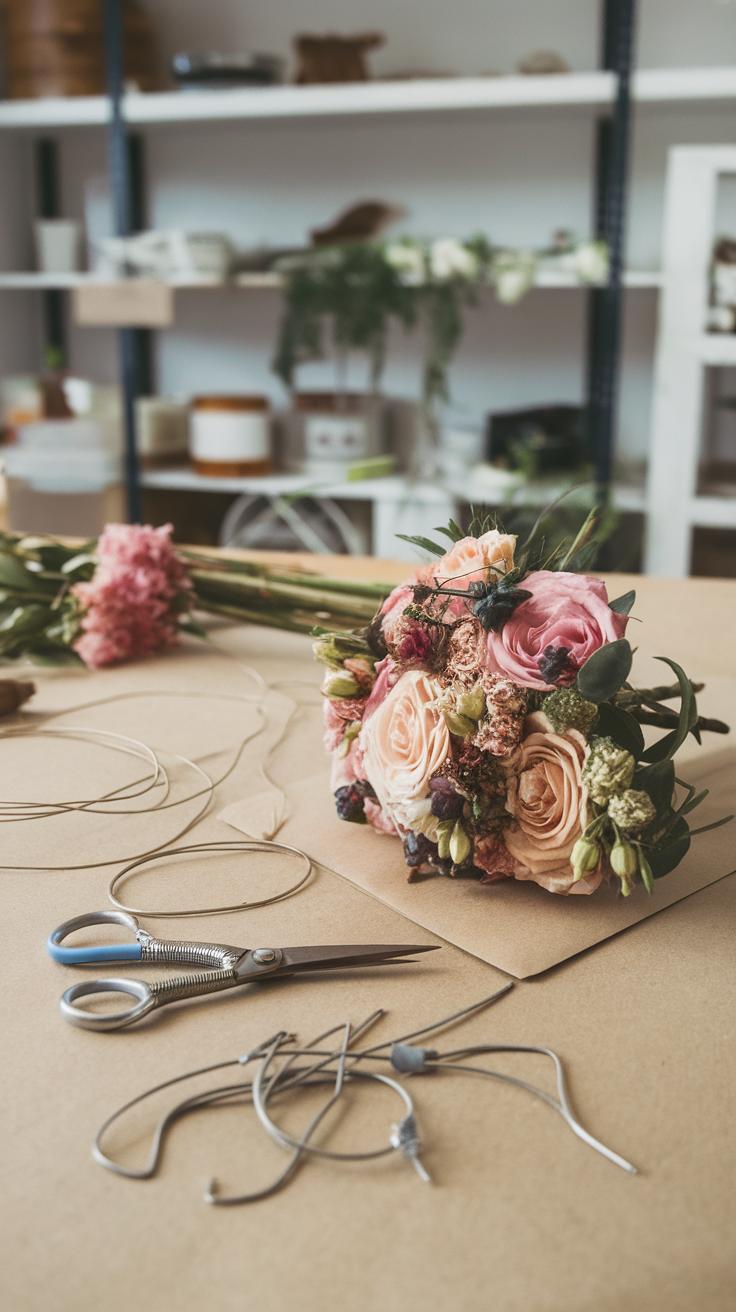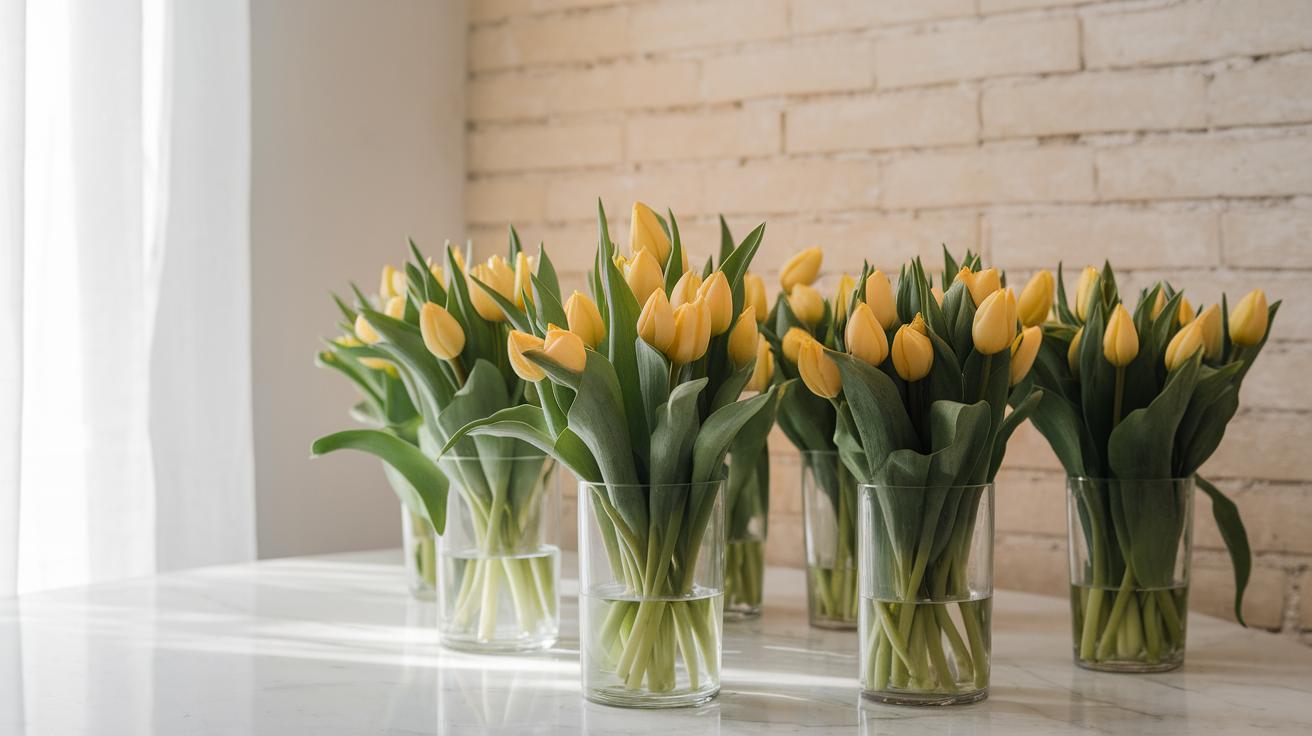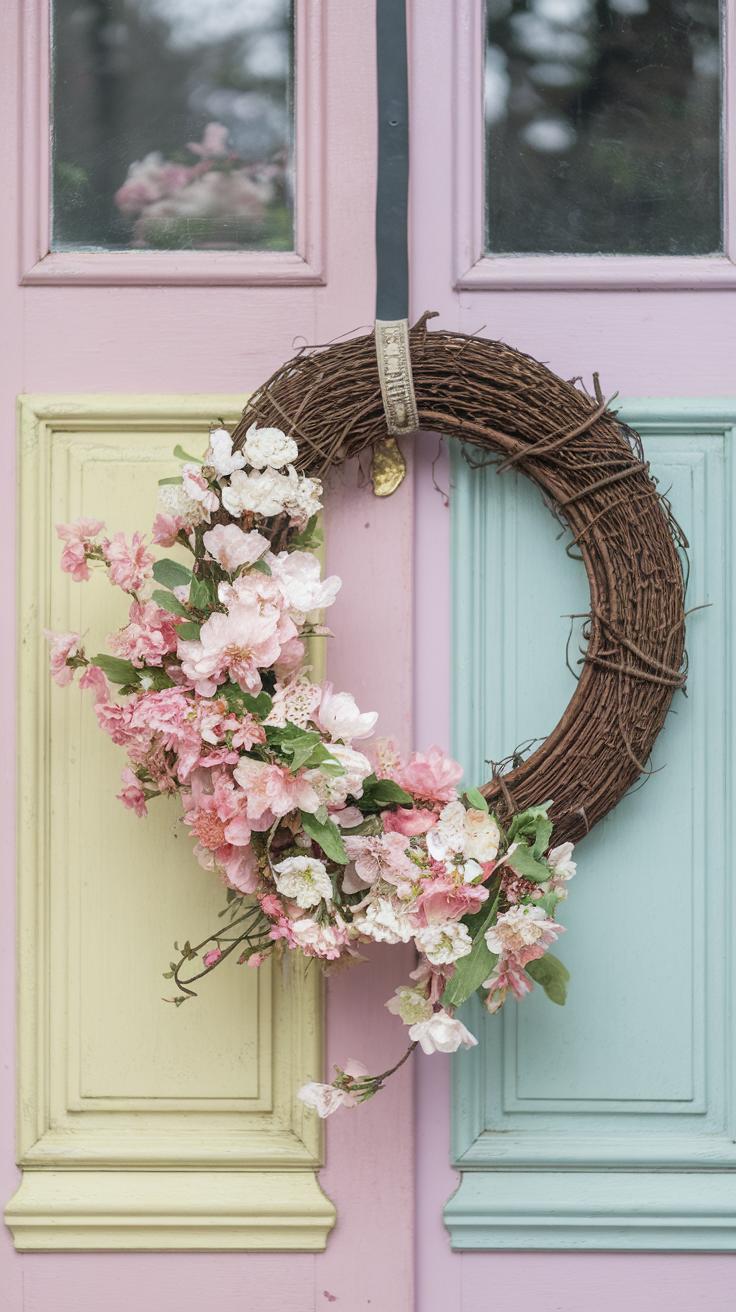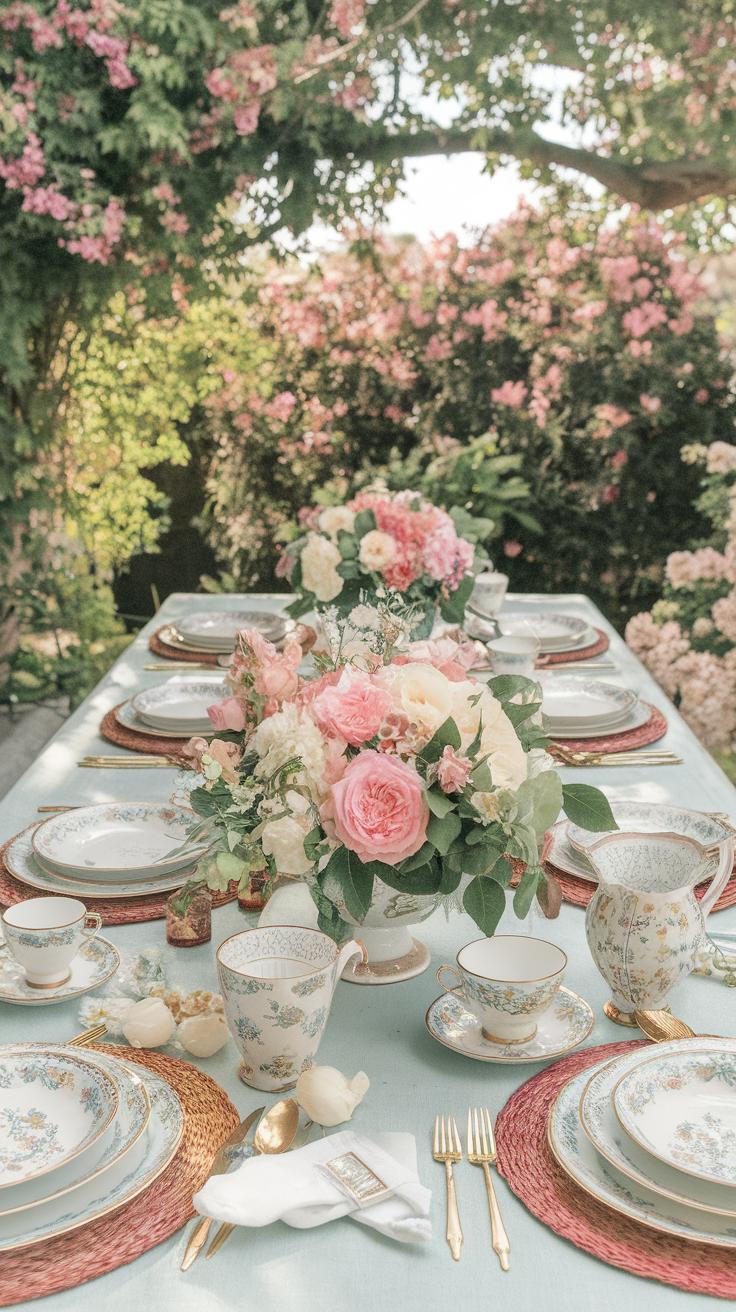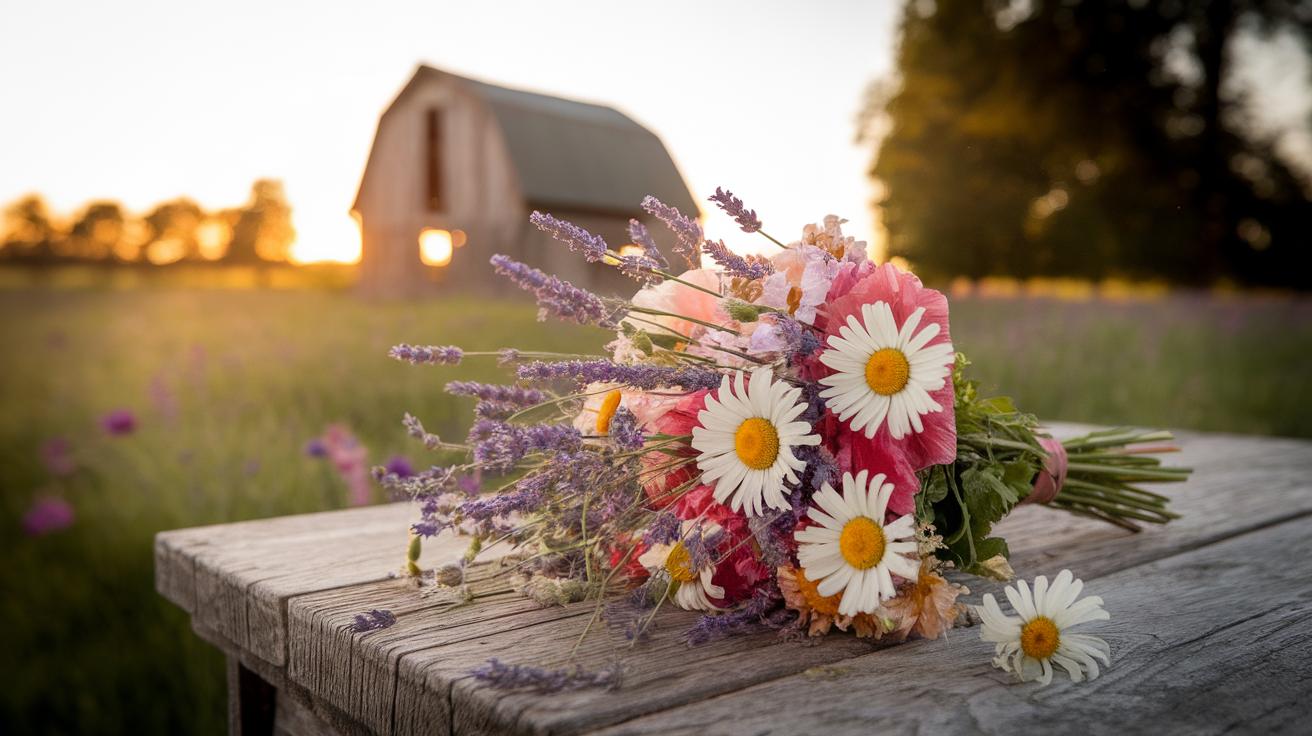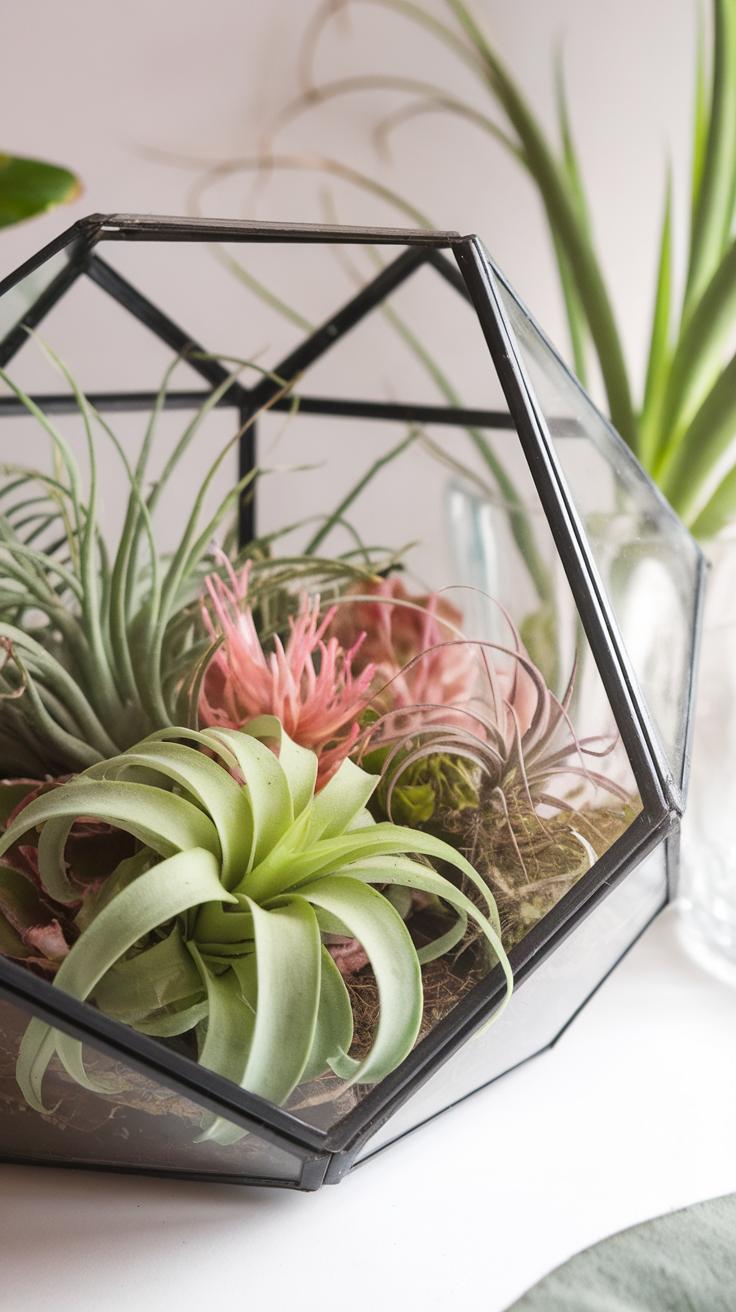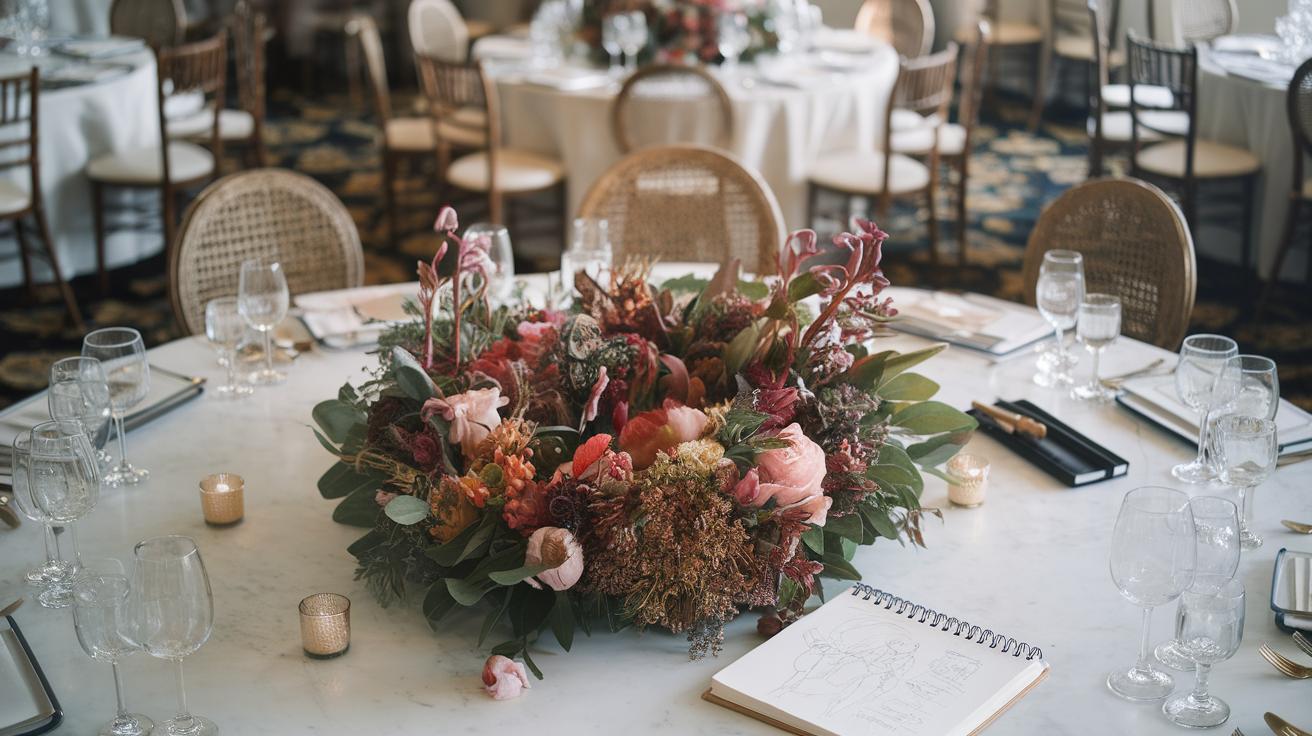Introduction
Spring brings life and color back to the world after winter. This season is marked by blooming flowers that serve as symbols of renewal. Flower arrangements play a vital role in celebrating these blooms, transforming spaces with their beauty. From vibrant tulips to fragrant lilies, the array of choices can make any spring event special. Arranging these flowers requires a basic understanding of their care and design principles. You can create stunning arrangements that not only improve your mood but also enhance the ambiance of your home.
In this article, we will delve into diverse spring flower arrangements that welcome warmer days. Each chapter will guide you through selecting, arranging, and decorating with spring flowers. Whether you are hosting a gathering or simply brightening your living space, understanding floral design is key. You will gain practical insights, tips, and creative ideas to make the best use of spring’s vibrant offerings.
The Beauty of Spring Flowers
Spring flowers symbolize warmth and renewal. As nature awakens from winter, these blooms bring vibrant colors and fresh energy to your surroundings. Flowers like tulips, daffodils, and hyacinths emerge, creating enchanting displays. Tulips showcase shades of red, yellow, and purple, uplifting spirits with their cheerful presence. Daffodils, with their sunny yellow tones, inspire feelings of happiness and hope. Hyacinths add fragrance and bring memories of joy and nostalgia.
The arrival of spring flowers signals the end of cold days and the start of enjoyable weather. You may notice how these flowers motivate you to spend more time outdoors. Have you ever thought about how a simple bouquet can change your mood? Consider adding fresh spring flowers to your home. They can offer a touch of nature and brighten your space. Embrace the beauty of spring and let the flowers inspire you.
Types of Flower Arrangements
Bouquets
Bouquets are a classic choice for spring flower arrangements. You can create small hand-tied bouquets using vibrant tulips, daffodils, and hyacinths. Choose a mix of colors to brighten your space. Wrap the stems with twine or colorful ribbon for a personal touch. You can also opt for larger made bouquets to place in your home. Remember to consider the size of your vase when arranging. This will help achieve balance and harmony.
Centerpieces
Spring centerpieces enhance tables and create a welcoming atmosphere. Use seasonal flowers and greenery to design a simple arrangement in a low, wide vase. Incorporate flowers like peonies and lilacs with subtle touches of foliage. You can even add small stones or moss for a natural look. Consider the height of your arrangement to ensure it does not obstruct views during meals.
Wreaths
Wreaths provide a lovely way to decorate doors and walls. Use a grapevine base and add a mix of fresh flowers like cherry blossoms and daisies. You can also include greenery and seasonal foliage for texture. Consider making a wreath as a fun DIY project. Hang it at the entrance of your home for an inviting display. Wreaths symbolize the cycle of life, reminding us of nature’s beauty and renewal.
Combining Colors and Textures
Mixing Colors for Vibrant Spring Displays
Creating a vibrant spring flower arrangement starts with understanding color theory. You can use complementary colors, like yellow and purple, to create striking contrast. Look for analogous colors, such as blue and green, for harmony. Choose a dominant hue, then add accents. This technique draws the eye and gives depth to your arrangement.
Incorporating Different Textures
Don’t just focus on colors; mix textures to add richness. Pair smooth flowers like tulips with rougher blooms like zinnias. Incorporate varied shapes, such as round daisies alongside spiky thistles. This combination keeps the arrangement dynamic and interesting. Ask yourself: How do different flowers feel together? Experiment with combinations until you find what works for you.
Using Foliage and Fillers
Greenery and fillers play a vital role in spring flower arrangements. They add depth and dimension, enhancing the overall look of your bouquets. Using a variety of foliage can create contrast, allowing the vibrant colors of your flowers to stand out.
Common choices for spring arrangements include eucalyptus, ferns, and ivy. Eucalyptus provides soft, rounded leaves that can soften sharp edges. Ferns bring a delicate, airy quality, while ivy offers a trailing element that adds movement. Consider using filler flowers like babies’ breath or waxflower for added texture and volume.
Think about how different types of greenery can change the mood of your arrangement. Have you tried mixing various shades of green to attract the eye? Experimentation can lead to unique combinations that showcase your style. Your choice of filler can fill gaps while allowing your focal flowers to shine.
Caring for Cut Flowers
Take care of your cut flowers right from the start. Fill a clean vase with fresh water. Remove any leaves that touch the water to prevent bacteria growth. Cut the stems at an angle. This allows for better water absorption. You should trim the stems every few days. Refresh the water when it becomes cloudy.
Light plays a significant role in how long your flowers last. Place your arrangement in a spot with bright, indirect sunlight. Direct sun can cause wilting. Keep your flowers away from heat sources like radiators or electronics. A cooler environment helps keep flowers fresher for longer.
Consider the room temperature too. Most spring flowers thrive in temperatures between 65°F and 75°F. Make sure to avoid drafts. You want your flowers to have a comfortable space to flourish.
DIY Flower Arrangement Tips
Tools and Supplies Needed
Creating your own spring flower arrangements is fun and simple. Start with the right tools. Basic supplies include a sharp pair of scissors or garden shears for cutting stems. A clean vase or container is essential. Choose one that fits your style and the flowers you select. Floral foam can help support the arrangement and keep stems in place. You may also need wire or tape to secure your design.
Gather fresh flowers, greenery, and fillers. Consider popular spring choices like tulips, daffodils, and lilacs. Each flower has a unique look and texture that adds depth. Include foliage to create contrast. Remember to choose a color palette that resonates with you.
Tips for Arranging Flowers
When arranging, start with the larger blooms as a foundation. Position them at varying heights to create interest. Gradually fill in with smaller flowers and greens. Keep stepping back to view your arrangement from different angles. Does it look balanced? Adjust if necessary. Basic principles of design play a key role in your creation.
Always clean your vase before use. A dirty container can shorten the life of your flowers. Refresh the water regularly. Providing the right environment enhances your arrangement and maintains its appeal throughout the season.
Seasonal Decor Ideas
Flower arrangements can transform any space, making it more inviting as warmer days approach. Use vibrant colors and fresh scents to create a welcoming atmosphere. Start indoors by placing a simple arrangement on your kitchen table. Consider a mix of tulips and daffodils in a clear vase. This will draw attention and spark conversation during meals.
For your living room, create a larger centerpiece or mantle display. Combine peonies with greenery for a lush look. Don’t forget to change the water regularly. This keeps the flowers fresh and the space appealing. Think about using different containers. Mason jars or ceramic pots can add character to your display.
Outdoors, place flower arrangements on your porch or patio. Use larger planters filled with seasonal blooms. Consider mixing flowers with herbs like rosemary or basil. Not only do they look good, but they also add fragrance to your space. How can you integrate seasonal flowers into your outdoor gatherings? A vibrant display can make your space feel alive and cheerful.
Hosting a Spring Gathering
Spring gatherings bring people together to enjoy food, drinks, and good company. You can enhance these events by using flower arrangements to create a lively atmosphere. Start by selecting a focal flower like peonies or tulips. These blooms can set the tone for your gathering. Use them in centerpieces for tables to draw attention and initiate conversation.
For a brunch, consider smaller arrangements on each table. You can mix flowers in varying heights for visual interest. Opt for pastel colors to align with spring themes. Use simple glass jars or ceramic pots to hold the flowers. This choice adds a rustic charm while keeping it elegant.
Don’t forget about the entryway. A large floral arrangement can welcome guests as they arrive. Place it on a side table or near the door. It sets the mood right from the start. With thoughtful arrangements, you encourage a warm and inviting ambiance.
How do you want your guests to feel when they walk in? Tailor your floral displays to match your vision and theme. You have the power to create lasting memories with just a few carefully arranged blooms.
Innovative Trends in Floral Design
Sustainable Practices
Spring 2023 brings new ideas in floral design. Many florists focus on sustainability. This means using local flowers and plants, reducing waste, and choosing eco-friendly materials. Imagine a bouquet made from blooms grown in your area. This not only supports local farmers but also creates unique designs. You can look for seasonal flowers like tulips, daffodils, and peonies as they thrive in spring. Ask your florist about sourcing these blooms nearby.
Unique Arrangement Styles
Styles are shifting toward more organic and natural looks. Wildflower bouquets are becoming popular; they offer a casual feel. You might also see asymmetrical arrangements that break the traditional round shape. These provide visual interest and highlight the beauty of each flower. Consider mixing textures with flowers and greenery to add depth. Have you thought about using unusual containers? Jars, ceramic pots, or even reclaimed wood can change the feel of your display. Experimenting is key to finding what resonates with you.
Conclusions
Creating spring flower arrangements is more than just a fun activity. It allows you to connect with nature and bring beauty into your life. The right combinations of flowers, colors, and techniques can transform ordinary spaces into extraordinary ones. You have the power to create unique displays that reflect the energy of the season. With the knowledge gained, choosing spring blooms becomes a delightful experience rather than a chore.
Now is the time to put these ideas into action. Gather your favorite flowers and experiment with arrangements. Use this guide to inspire yourself as you explore new styles and techniques. Remember, each blossom tells a story. Your arrangements can reflect your personal style and welcoming spirit of spring.

